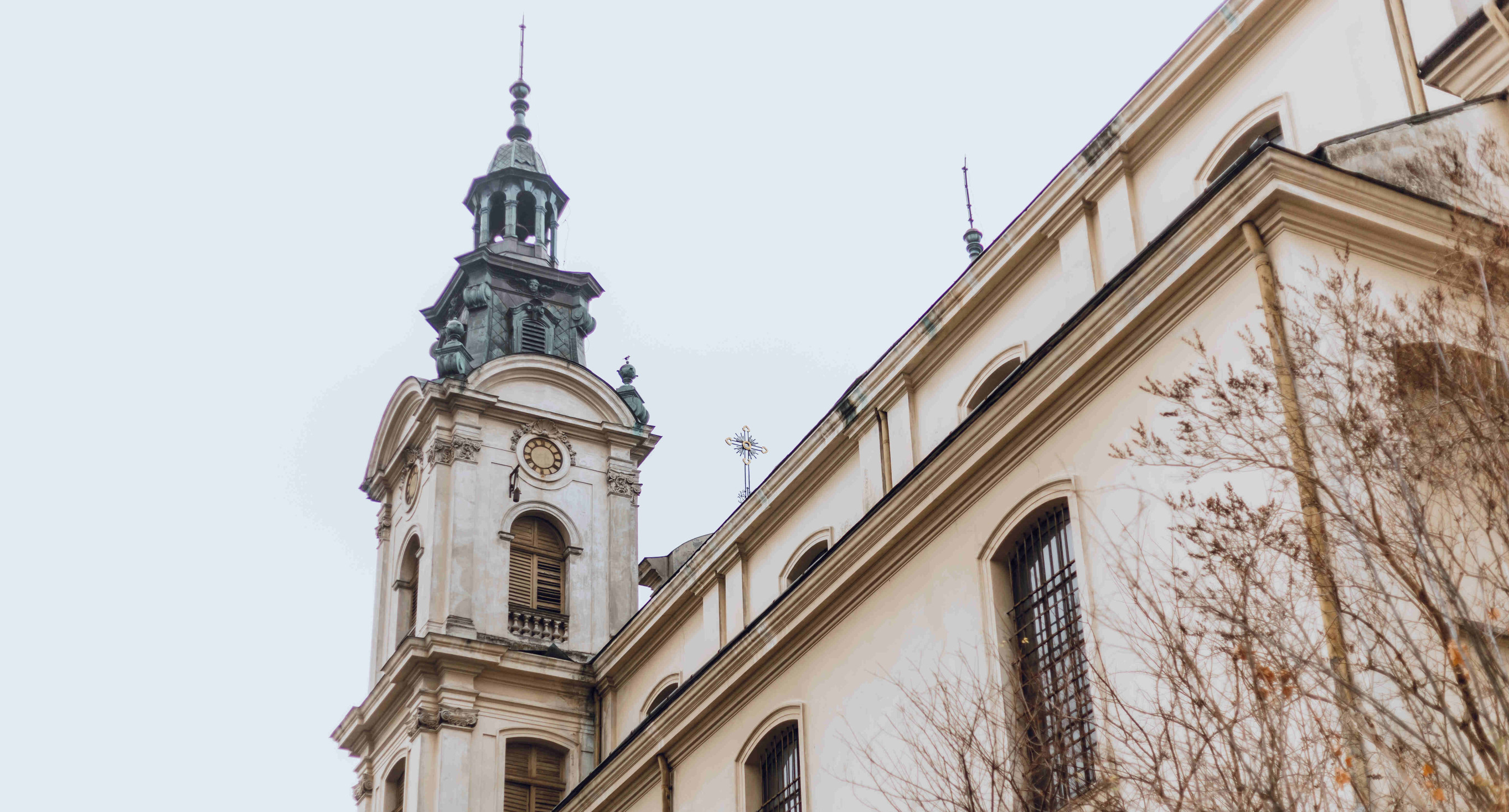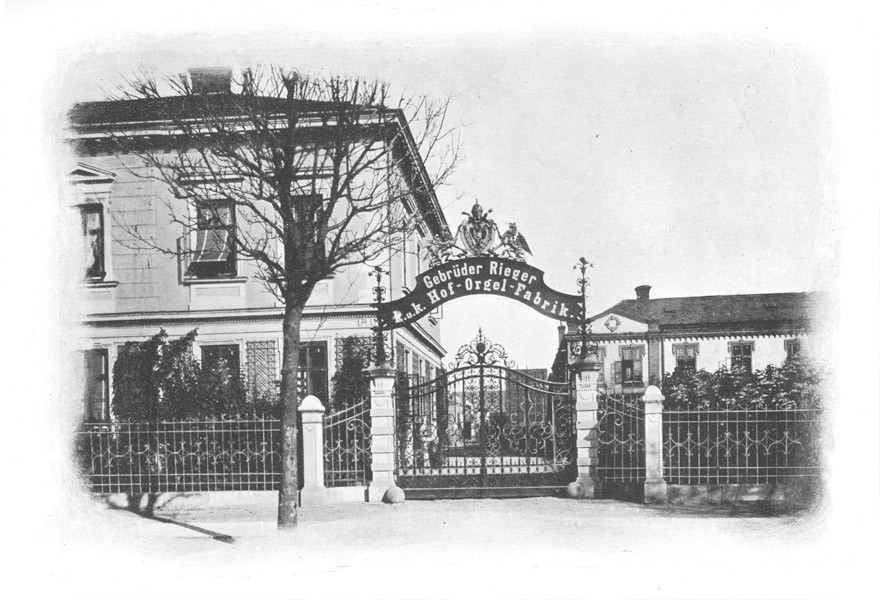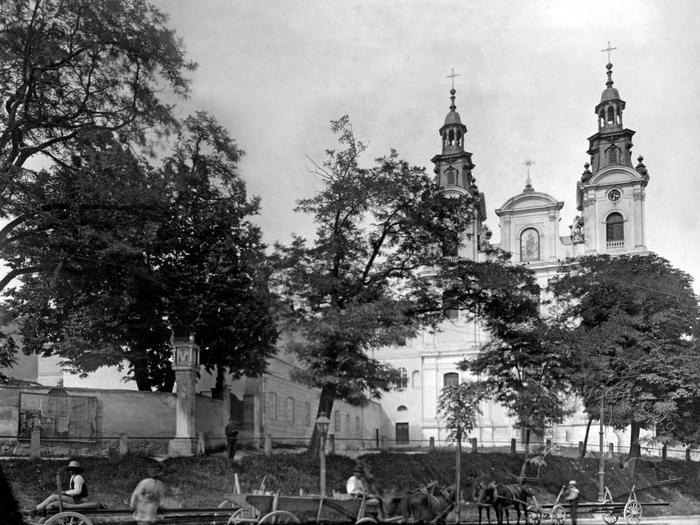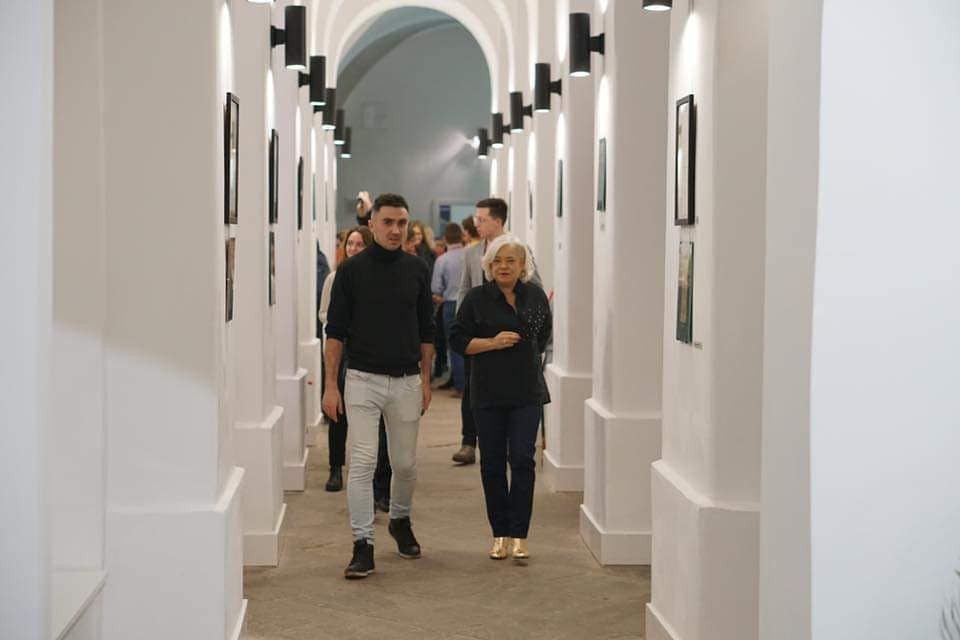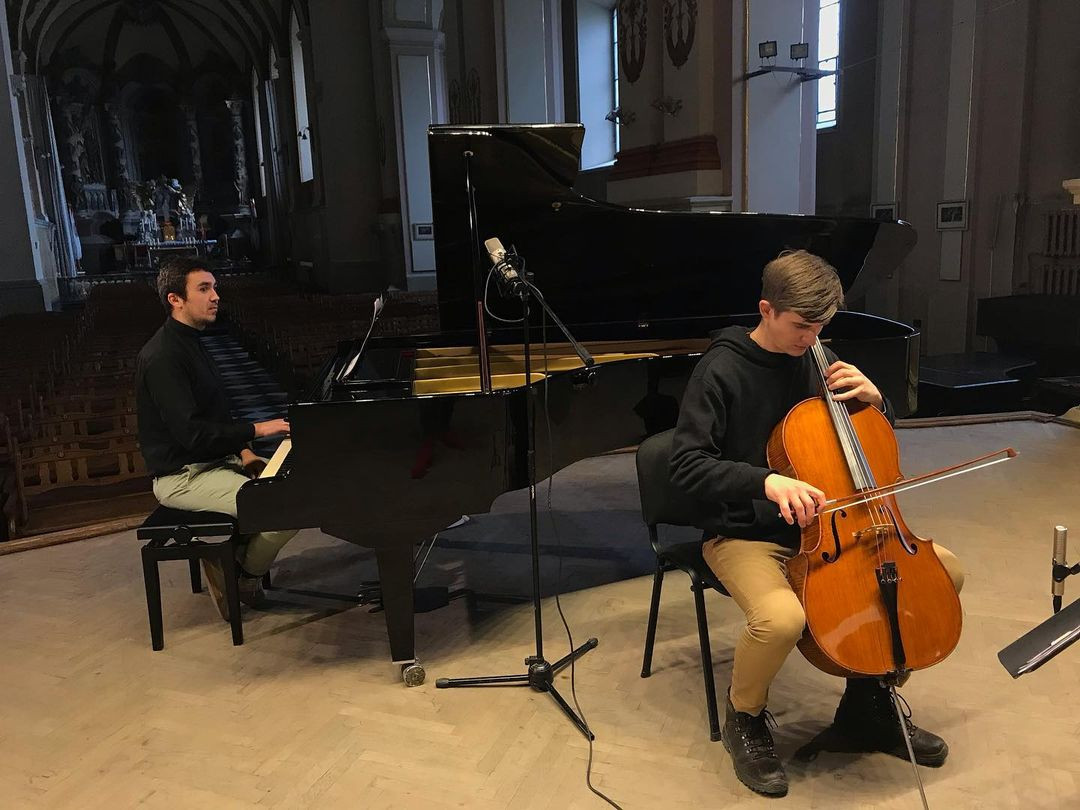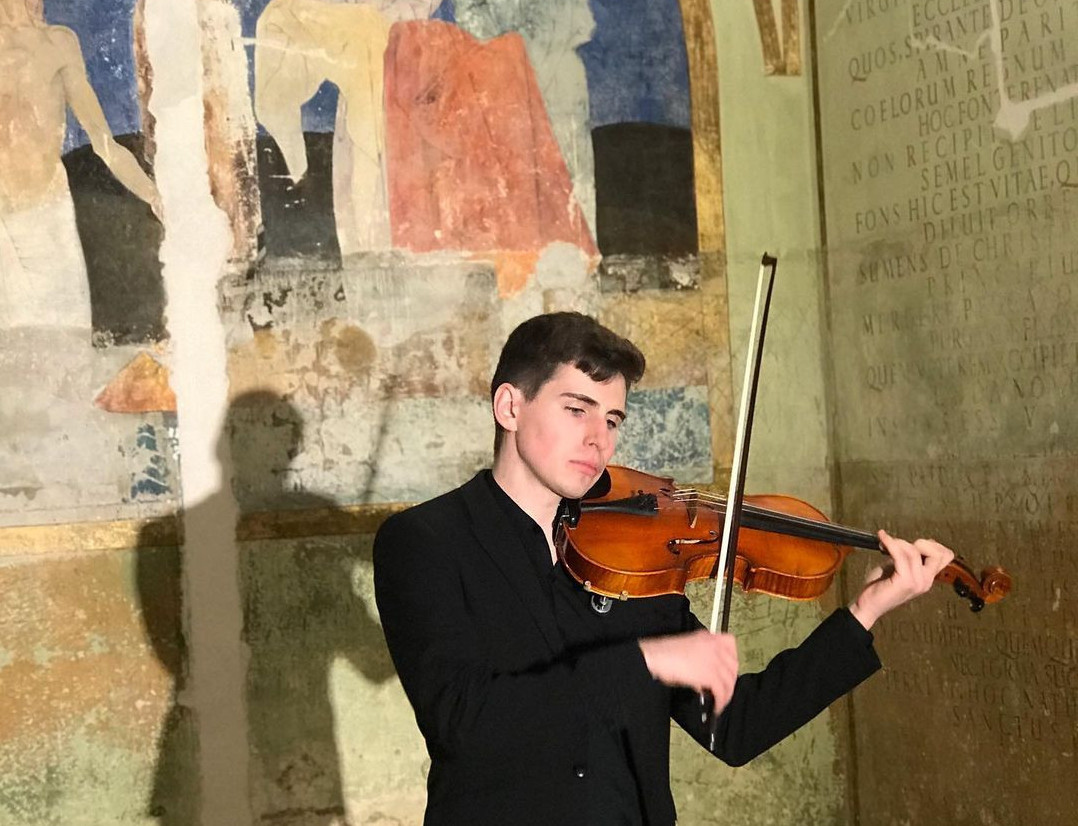The history of organ music in Lviv has counted several hundred years. Therefore, it is especially joyful that this tradition continues, and the organ sounds are available to Lviv residents and guests of the city even today. Mozart, Bach, Vivaldi, soundtracks to popular contemporary films – all of this you can hear in Lviv on one of the largest organs in Ukraine.
The history of the Lviv House of Organ and Chamber Music began in the 60s of the twentieth century. But the main musical instrument of this hall is much older. The premises in which the Lviv Organ Hall functions are even older. Today, the House of Organ and Chamber Music is a modern and active hub, where you can enjoy quality music, visit exhibitions or listen to lectures.

Old times are difficult
The building of the Roman Catholic Church of Saint Mary Magdalene was built in the first decade of the 17th century for Dominican monks. This shrine has seen the times of Khmelnytskyi, the storming of the city by Swedish troops, and the wars of the modern era. It was rebuilt several times, and the shrine acquired its modern appearance only in the second half of the 19th century. In the Austrian era, the temple was used as a parish church, and the monastery was converted into a woman’s prison.
In the 1920s, the complex was thoroughly reconstructed. The monastery premises were transferred to the Lviv Polytechnic University. An organ was installed in the temple. It was made in the Czech workshop of the Rieger brothers. Lviv residents had the opportunity to enjoy the sound of this instrument in the 30s of the 20th century. Despite all the changes, in Soviet times, a gym functioned in the former church. The building was adapted for the needs of the Lviv Conservatory’s organ hall only in the 1960s.

Art is eternal
The House of Organ and Chamber Music was opened in Lviv in 1988. It is a unique art space now. The hall is one of the largest in Lviv and can accommodate approximately 400 people, hosts concerts regularly. In some months, fans are offered 30 to 40 performances. Lectures on music are also held here quite often.
This space is often used as an art gallery. In particular, you can look at the exposition of grand pianos in the Organ Hall. Repair and restoration works were carried out in the former church after the declaration of Ukraine's independence. Under a layer of Soviet-era whitewash, a fresco by the Lviv master Jan Henryk Rosen was discovered. The same one who worked on the design of the unique interiors of the Armenian Cathedral in Lviv, and also fulfilled orders at the Pope’s residence. Rosen was the author of the world’s largest mosaic. In Lviv, his legacy is represented by only a few projects. Fortunately, his work in the Lviv Organ Hall was restored, and today we can see it with our own eyes.

Priceless value
The organ of the Lviv House of Organ and Chamber Music was considered the largest in Ukraine for a long time, and it is still one of the largest. It is also one of the four active organs of Lviv. It was made in the Czech workshop of the Rieger brothers in the 1930s. At that time, more than 100 000 zł. were paid for it. Nowadays, the representatives of the “Rieger-Kloss” company have reconstructed the instrument several times.
Today you can play almost everything on this organ: baroque works, symphonic concerts, and even soundtracks from modern films. This instrument can replace an entire orchestra. It can reproduce the sounds of nature and will give you the feeling of being at a rock concert. It can have a lyrical or hard sound.
To experience all of the above and immerse yourself in the incredible world of art, the recipe is simple: you should visit the Lviv Organ Hall.
